مقايسه بين متدهاي تفاضل محدود و حجم محدود و اجزا محدود در حل يك مسأله انتقال حرارت دو بعدي در يك بلوك
عنوان (انگلیسی): Comparison Between Finite Difference Methods, Finite Elements and Finite Volume Methods for the Prediction of Heat Transfer Phenomena in a 2d Composite Block
نشریه: نشريه انرژي ايران
شماره: نشريه انرژي ايران (دوره: 1, شماره: 20)
نویسنده: سورنا ستاري ، بيژن فرهانيه
تاریخ: ۱۳۸۹/۰۲/۱۱
چکیده:
در اين مقاله به كمك روش هاي گوناگون عددي به تحليل انتقال حرارت در يك جسم جامد مركب متشكل از چند نوع ماده مختلف پرداخته شده است. مساله با شرايط مرزي شار صفر و انتقال حرارت جابجايي در حالت دو بعدي حل گرديده است. مساله ابتدا به وسيله برنامه نوشته شده به زبان فرترن با متد كلي تفاضل محدود و در سه فرم صريح ، كرانك نيكلسن و ضمني حل و كانتورهاي دما و بردارهاي شار حرارتي در جسم به وسيله نرم افزار Tecplot مشـاهـده گرديـد. سـپس مسألـه به كـمك نـرم افـزار حـجم محـدود fluent و نـرم افـزار اجزا محدودansys حل گرديد. در اين مقاله به بررسي سه روش تفاضل محدود و اجزا محدود و حجم محدود با هم در حل مسايل انتقال حرارت پرداخته و دقت و كارآمدي اين روش ها با هم مقايسه شده است. مقايسه كلي نشان مي دهد كه روش حجم محدود زمان همگرايي كمترو نتايج بهتري را در مرزها نسبت به روش اجزا محدود و تفاضل محدود از خود نشان مي دهد. روش اجزا محدود نيز نسبت به روش تفاضل محدود نتايج بهتري را از خود نشان مي دهد. در ميان روش هاي تفاضل محدود نيز در حالت صريح سرعت حل بيشتر مي گردد و نتايج دقيق تري بر روي مرزها مشاهده مي شود.
چکیده (انگلیسی):
Using numerical method for heat transfer is cheaper than experimental methods .In this articles heat transfer in solid plate with difference materials has been analyzed. Computation times and the accuration of solving problems have been compared in difference numerical methods. This problem has been solved with general finite difference method in three form of implicit, explicit, Crank Nickolson by a code, which is written by FORTRAN 90. Tecplot is used to view the results such as temperature distributions. The problem has been solved by finite volume software such as fluent and finite element software such as ansys to compare and test the results driven from FORTRAN code. In finite volume method the velocity and pressure fields in steady state form has been solved. Momentum equations in x,y directions has been solved by first order upwind and the continuity and energy equations has been solved by first order upwind method. The finite element problem has been solved by using a 2-D, 8-node thermal element. The element has one degree of freedom, temperature, at each node. The 8-node elements have compatible temperature shapes and are well suited to model curved boundaries. Convection or heat flux (but not both) and radiation may be input as surface loads at the element faces. In general, comparison the finite volume method has the better results in comparison with the others method such as finite difference or finite elements also the finite element method is better than finite difference method for predicting the heat transfers in a 2dcomposite block. In finite difference (Explicit) by refining mesh concentration, the computational time has been reduced but increasing mesh concentration for reducing the computational time has a limit and after passing this limit the computational time will be constant. Computational time will be reduced by using the explicit method in comparison of the Crank Nickolson method. An implicit method shows the better Temperature distribution near the boundary in comparison with two other methods. Difference form of finite difference method (implicit, explicit, Crank Nickolson) shows equal temperature distribution far from the boundary limitsفایل مقاله : مشاهده لینک ها و تصاویر پس از ورود یا عضویت
نمایش نتایج: از 1 به 2 از 2
Threaded View
-
- تاریخ عضویت
- 2006/05/19
- محل سکونت
- شهر تهران
- سن
- 39
- نوشته ها
- 2,111
- پسندیده
- 140
- مورد پسند : 131 بار در 103 پست
- نوشته های وبلاگ
- 371
- میزان امتیاز
- 10

مقايسه بين متدهاي تفاضل محدود و حجم محدود و اجزا محدود در حل يك مسأله انتقال حرارت دو
#1 2011/05/27, 10:04پورتال تاسیسات، اولین محتوای الکترونیکی تاسیسات در ایران
اطلاعات موضوع
کاربرانی که در حال مشاهده این موضوع هستند
در حال حاضر 1 کاربر در حال مشاهده این موضوع است. (0 کاربران و 1 مهمان ها)
موضوعات مشابه
-
مقايسه چيلرهاي جذبي و تراکمي
توسط RM10 در انجمن تجهیزات سرمایشیپاسخ: 4آخرين نوشته: 2012/03/29, 16:06 -
طراحي يك سيستم چيلر جذبي خورشيدي در شهر تهران و بررسي عملكرد اين سيستم در مقايسه با چ
توسط MTHAMID2 در انجمن تجهیزات سرمایشیپاسخ: 1آخرين نوشته: 2012/03/27, 17:52 -
مقايسه مصرف برق برج هاي خنك كن فايبرگلاس مكشي و برج هاي سانتريفوژ فلزي دهشي
توسط KHODAGHOLI در انجمن تجهیزات سرمایشیپاسخ: 0آخرين نوشته: 2012/03/25, 10:48 -
استخدام مهندس مكانيك - اتومكانيك 90/11/08
توسط jostwork در انجمن امور صنفی و مهندسیپاسخ: 0آخرين نوشته: 2012/01/28, 12:15 -
چيلر يخ خشك مبتني بر ترموديناميك گازكربنيك طراحي و ساخته شد
توسط meybotyhvac در انجمن تازه ها و خواندنی هاپاسخ: 0آخرين نوشته: 2011/07/25, 11:59
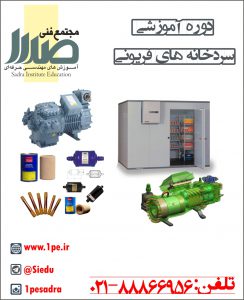
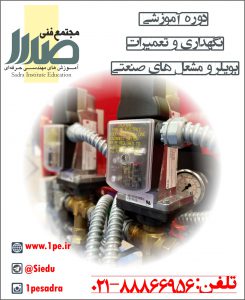
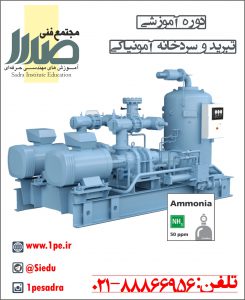
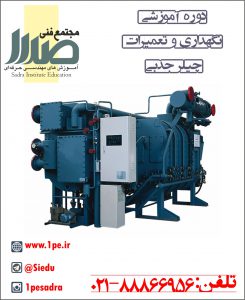

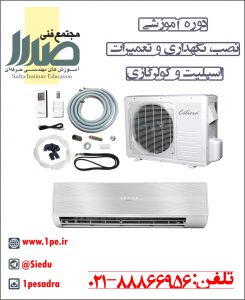




 پاسخ با نقل قول
پاسخ با نقل قول
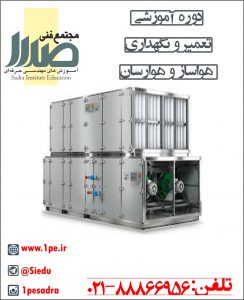
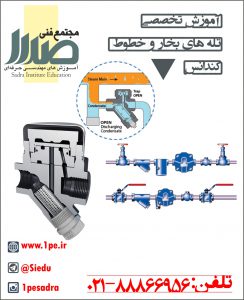

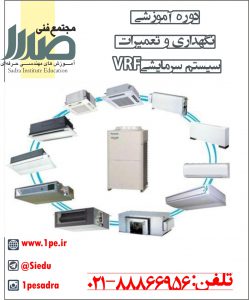

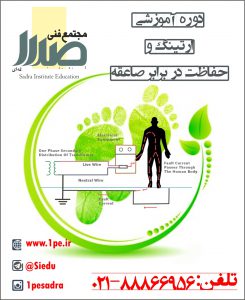
علاقه مندي ها (Bookmarks)